The Muppet Christmas Carol is the Best Adaptation of Dickens’ Novel

Each year, my family tries to squeeze at least two adaptations of Charles Dickens’ classic novel A Christmas Carol into our holiday watching spree. Aside from the Rankin Bass Christmas universe (and they are all part of the same universe), no work captures what Christmas is supposed to be about quite like A Christmas Carol. Sometimes we’ll watch more than that (last year we tried to hit every major adaptation into our watch schedule), but most of the time we’ll stick to either the Alastair Sim or George C. Scott versions for one of them, but we never pass by the Muppet adaptation.
In fact, I will go so far as to say that this is the best adaptation of the beloved novel, not just because it’s entertaining or holds tremendous nostalgic value, but because it may be the most faithful adaptation, period. The critics may have turned their nose up at it, as they often do with anything having to do with Muppets (although Dark Crystal: Age of Resistance managed to snag an Emmy right before Netflix prematurely canceled it) and isn’t of the caliber they look for. Oh, and Katzenberg decided to pull the same crap he tried to pull with The Little Mermaid and remove an important musical number, this time succeeding.
As an aside, if you didn’t know, Katzenberg was overseeing Mermaid when he saw a kid fidgeting with his shoes during “Part of Your World” and demanded the song be cut. Alan Menkin and Howard Ashman fought hard for the song to remain and won, but Katzenberg got his way in Muppet and “When Love is Gone” was cut from the theatrical release. Disney recently restored the footage, but it was missing from the widescreen format for ages!
That being said, without further ado, this is is why you need to watch this adaptation, even if every other Muppet thing Disney touched sucked.
The Costumes are Fantastic
Don’t believe me? Check out this historical fashion expert. Really, though, these Muppets are dressed their best. The costumes are incredibly accurate for the time, even if there really were no rubber chicken factories in the 18th century.
It Preserves More of Dickens’ Prose Than Any Other Adaptation
For many, adding Charles Dickens as a character (even if he serves primarily as narrator) and casting The Great Gonzo to play him is going to make or break this movie, especially since Rizzo the Rat tags along as a sidekick to give him a character to banter with. However, it is precisely this inclusion that allows the film to preserve the original prose of the novel. Instead of beginning with Dickens’ remarks about Jacob Marley being dead, to begin with, and ending by reassuring the audience that Scrooge really did learn to be a wonderful man, the Muppet adaptation can do away with these bookends and weave the book’s words into the fabric of the film.
A hallmark of the 19th-century novel was the omniscient author, who, in each scene of every chapter, allows the reader to be privy to the thoughts and deeds of everyone present. In other words, there’s a lot of telling, not as much showing.
Dickens manages to make his prose stand out by positioning himself as a narrator character, a bit like the narrator of The Rocky and Bullwinkle Show, but instead of conversing with the characters, he’s conversing with the readers. Dickens, for example, starts by telling us that Jacob Marley is as “dead as a door-nail.” The expression strikes him as odd, prompting him to go on a bit of a diatribe regarding this strange simile, and then he blames the reader for getting him distracted.
He also informs us that he is, metaphorically, standing by our side, watching the events unfold before us, much as his holiday specters will be doing with Scrooge as the novel progresses. Throughout the book, this sort of narrator-as-character style will continue, and The Muppet Christmas Carol is the only adaptation so far to even attempt to preserve this interesting style choice.
The Spirits Are Accomplished Superbly
People complain that puppets come to us straight from the uncanny valley. This is why, for so many, puppets are extremely off-putting. Their eyes widened with excitement, but there’s no humanity behind them. Their mouths open and close, but they don’t make shapes. For all the little ways master puppeteers have of manipulating their various moving parts, they can never fully escape the initial expression carved into their faces.
This isn’t so true with Muppets, as they aren’t meant to resemble humans. When Kermit the Frog flails his arms in frustration, it doesn’t evoke the uncanny valley response because he’s a frog, and one that isn’t trying to look like a real frog or hide the fact that his body is largely some kind of clothy material.
When creating the Christmas ghosts, however, the filmmakers decided to fully embrace the uncanny valley effect. It’s intentional, and it’s masterful. The spirits aren’t weird, animal-looking creations, but they are never fully human, either.

Let’s look, firstly, at the Ghost of Christmas Past. This spirit is a hard one to pin down by the book’s descriptions, and this is why the Ghost of Christmas Past changes wildly from one adaptation to the next. Sometimes, he’s a young man; other times, she’s a middle-aged woman. In Scrooged the spirit takes the form of a cab driver, and in the Jim Carrey animated film, they made the choice to represent the spirit as a literal candle, which is a bit closer to what Dickens was going for, but still doesn’t capture the strangeness of this spirit.
Indeed, the only ghost that feels “human” to readers is the Ghost of Christmas Present. The Ghost of Christmas Past is described as having a flickering, shifting form, going in and out of focus. Some believe that Dickens meant to evoke the idea of a candle flame without actually saying the spirit was a candle, which is clearly what the Jim Carrey adaptation was going with, but the actual way the ghost is described is as such:
The figure itself fluctuated in its distinctness: being now a thing with one arm, now with one leg, now with twenty legs, now a pair of legs without a head, now a head without a body.
With the spirit’s form being so fluid, there isn’t much humanity there. The Muppets went with a childlike form, but instead of having her represented by an actual little girl or even a normal puppet, they created something that manages to be both inviting and unnerving at the same time. They submerged their puppet in a vat of water (I think they tried oil first, but it just didn’t create the effect they wanted) to make her appear to float and shimmer.
Because of this, despite her childlike face, her body, if she even has one, is decidedly inhuman. She’s like a floating, shifting piece of what some psychic mediums call ectoplasm with a face attached, and the face, being all puppet, is both beautiful like a China doll and off-putting . The expression never changes, evoking the uncanny valley and doing it intentionally.
Thankfully, the spirits don’t really feel like Muppets, and they don’t feel like humans either.

The Ghost of Christmas Present is probably as close to Muppet-like you’ll get from the three spirits. His amazing song makes up for the fact that, otherwise, he would probably be my least favorite of the spirits. His edge from the books is completely missing, emphasizing his kind nature and the fact that he reacts to Christmas much in the way a little kid does. He’s fun and charming, but there’s no depraved children, the archetypes of Ignorance and Want, clinging to him beneath his robes.
Even so, they did well to avoid casting an actual Muppet as the spirit, and he’s still a lot of fun. Even Scrooge is nearly completely won over by him, and it’s easy to see why.
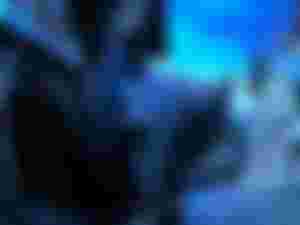
However, the Ghost of Christmas Yet to Come is done better than any adaptation I’ve ever seen. In the book, the spirit is described as being like a shroud, on a human hand sticking out of it. What form lies beneath the black shroud, however, is a mystery.
This prompts most adaptations to just go with a traditional Grim Reaper look. This gets the job done, as most people who have studied A Christmas Carol see the ghost as representing death. It is within his realm that Ebeneezer is faced with the deaths of Tiny Tim and himself, showing him the full consequences of his choices.
However, Dickens specifically says that the ghost’s form is obscured. The people at Henson Studios decided to give us a spirit with a rather inhuman shape. Large, human hands poke out of a gray shroud that looks to cover something decidedly monstrous in form. He’s not portioned correctly, and is, therefore, revolting in more ways than just his silence and the dismal world he escorts Scrooge through.
The Casting is Perfect

I’ll get to Michael Cain as Ebeneezer Scrooge in a second. For now, I want to focus on the Muppets themselves. With Disney’s Mickey Mouse adaptation of the tale, it’s easy to see how preexisting characters don’t necessarily fit into the mold of other tales. We can’t actually buy the message of the story because the Mickey Mouse ensemble doesn’t fit the Christmas Carol story.

Setting aside Scrooge McDuck, does anybody actually believe that Goofy could be Jacob Marley? No, and for two reasons: 1. Goofy is too dumb for business, and 2. there isn’t a hardened bone in his body. Seeing Goofy’s burdened spirit explain that he was too greedy and awful in life for Heaven is jarring, because we already associate Goofy with being kind, carefree, and probably unable to hold down a job.
I have a problem with Pete as the Ghost of Christmas Yet to Come. By casting the only thing close to a villain within Mickey’s world as this spirit, it makes the ghost come across as villainous and antagonizing. For as frightening and mysterious as the Ghost of Christmas Yet to Come is, it’s important to remember that he’s there to redeem Scrooge. If what he shows him is undesirable, it’s because, like with Christmas Past, this is the world of Scrooge’s own making. Christmas Past makes it a point to say that she’s (I’m going with the Muppet incarnation here) not intentionally torturing Scrooge. “I told you, these are the shadows of things that have been. If they are what they are, do not blame me.”
In that way, this spirit is also not attacking Scrooge. He bears him no ill will and is on the same mission as the previous two spirits. The Mickey Mouse adaptation forgets these things and the special falls apart, in my opinion.
However, the Muppets are cast in a way that each puppet does embody the Dickens character they’re meant to represent. Gonzo’s brand of humor compliments the author’s well, Kermit is the perfect embodiment of Bob Kratchit, and everyone is just done very, very well. Even Miss Piggy as Mrs. Kratchit works perfectly, as it’s Bob’s wife who initially refuses to toast Ebeneezer and then does so only reluctantly. Because the personalities we already associate with them fit so perfectly with the Dickens archetypes, we buy them as these characters perfectly.
Oh, and don’t forget Robin as Tiny Tim. This childlike Muppet is perfect as the innocent little Tim, and because of this, we feel an attachment to Tiny Tim that we don’t in most adaptations. There’s something decidedly strange about the boy in most adaptations, perhaps because seeing him played a young boy who’s trying way too hard to be the embodiment of total innocence feels weird to us. He has no flaws (because he’s an archetype) and doesn’t tug at our heartstrings the way Dickens intended.
Robin, however, does. We really feel awful when he dies around some Christmas in the future.
However, it’s really Michael Cain who sells this movie. He’s definitely my favorite Ebeneezer Scrooge, and it’s because, being surrounded by Muppets, Scrooge’s outbursts and exaggerated hatred for people and one holiday in particular doesn’t come across as outlandish.
When Michael Cain was asked to play Scrooge, he said he would do it on the condition that he be allowed to play the character as though the Muppets didn’t exist. He said he would act as though he were performing with a proper theater company, not with a bunch of puppets known for their silly antics and inability to even hold together a small variety show.
Between Cain’s performance and the brilliant cinematography, he comes across as truly intimidating and brings a humanity to the performance I’ve never seen before.
The Kratchit Family Gets Their Due

Perhaps it’s because of the musical nature, but in most adaptations the Kratchit family feels like theirs is just one of many that the Ghost of Christmas Present shows Scrooge. This ghost shows Scrooge many different scenes, of which his employee’s family is only one. While everything the spirit shows is valuable, Dickens intended to place Bob’s family on a pedestal.
Before I go further, allow me to point out that this is the only adaptation I’ve seen that actually shows Robin as being ill, not just lame. I once read that Dickens may have had rickets and tuberculosis in the back of his mind when he wrote Tim’s illness, but this is the only adaptation to show the tuberculosis bit.
Charles Dickens would sometimes perform, or read, the book for paying audiences. The demand for it was quite high, and to fit the whole thing into his run-time, he would often omit or shorten portions of the book. However, he never diminished the Kratchit family and always went fully into their bit of Christmas Present’s tour.
This adaptation draws you fully into their world and their outlook. They are meant to represent what Scrooge can become, and what all people should strive to be. As such, while his nephew Fred is great, the Kratchits should be our goal.
The Music is Fantastic!
Yes, this is a musical featuring the songs of Paul Williams, who also wrote “Rainbow Connections” for The Muppet Movie and was an early guest star on The Muppet Show. Guess what? He doesn’t disappoint here at all!
The are catching, uplifting, sad, and heartwarming. They’ll take you through the gamut of emotions and then you’ll be singing them all year round.
There is another musical adaptation of this. I finally watched the film adaptation of the West End musical, expecting to be blown away. I wasn’t. Every single time a song cropped up, with the exception of “Thank You Very Much” (which actually is a good, fun song, although wildly inappropriate in tone for the Christmas Future bit), I was thinking, “The Muppets’ song did this so much better!”
Don’t believe me? Which do you think captures Scrooge’s character better? Oh, and only one manages to keep Dickens prose running through it.
Conclusion
Still with me? Cool! That’s all I have, though. If you’ve seen it, let me know what you think below. Merry Christmas and Happy New Year!
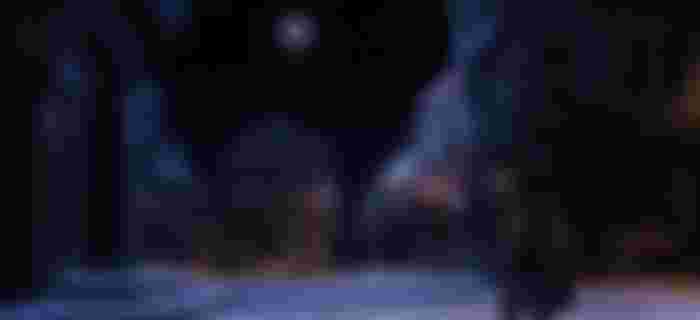
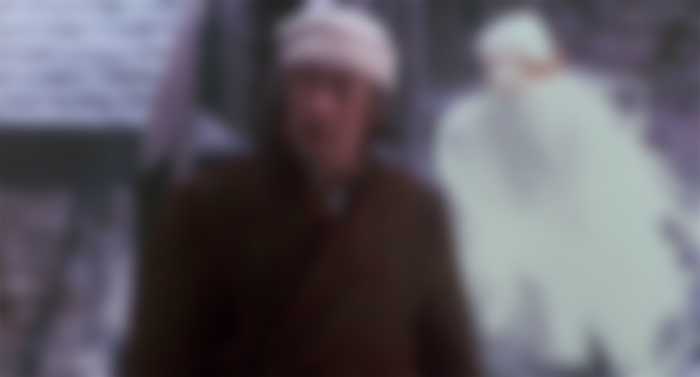
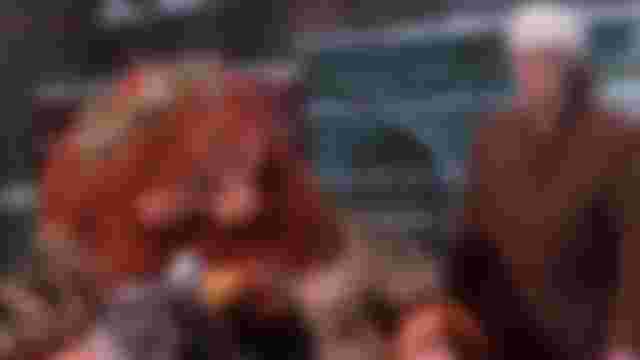
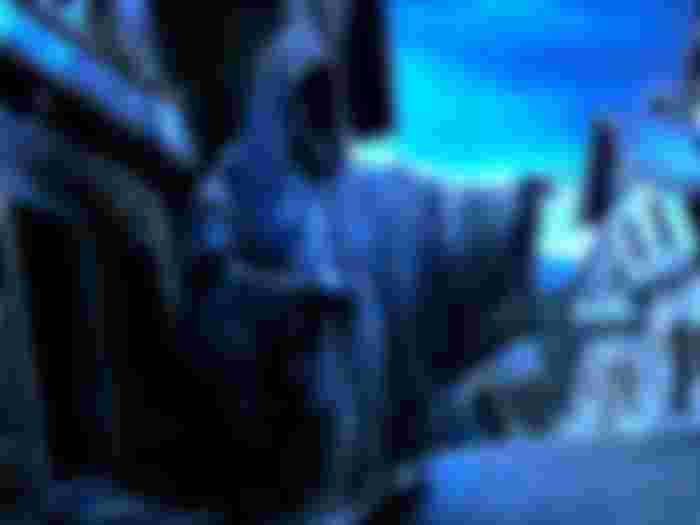
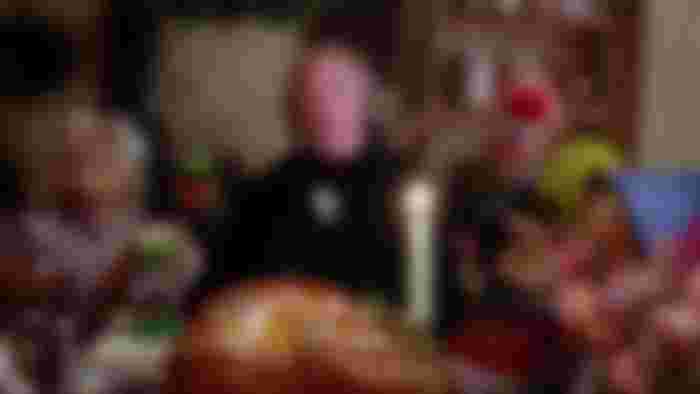

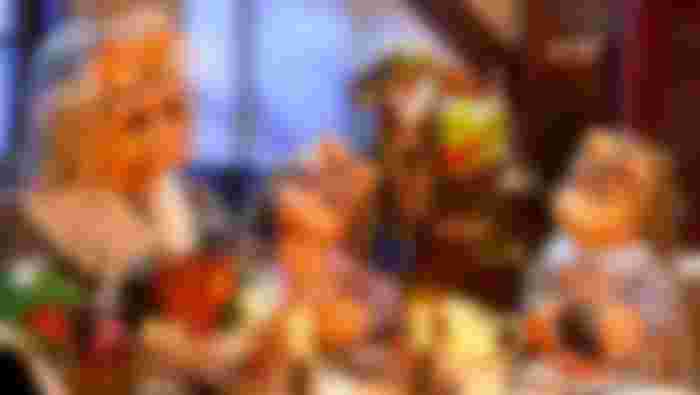
Wow!it's amazing article ever!. I enjoy to read after this article your writing style is Great